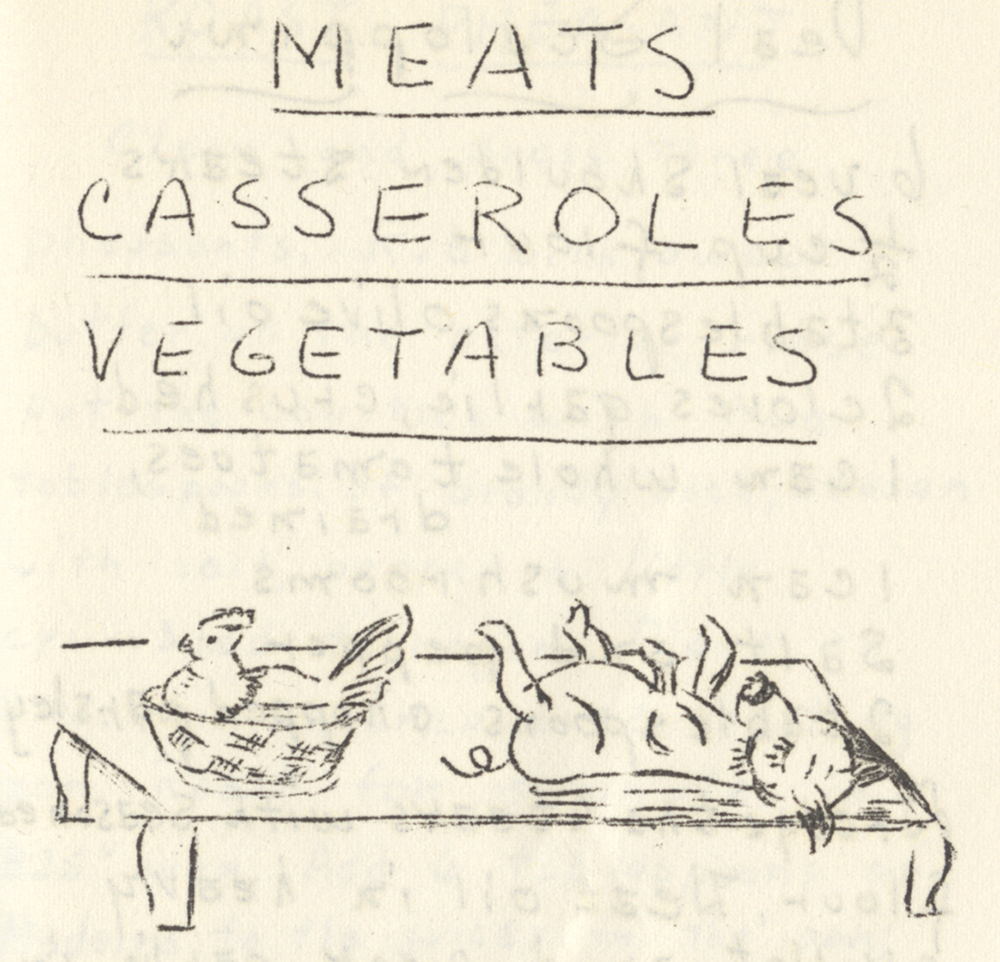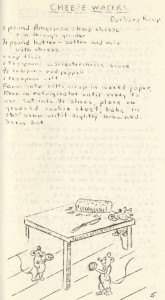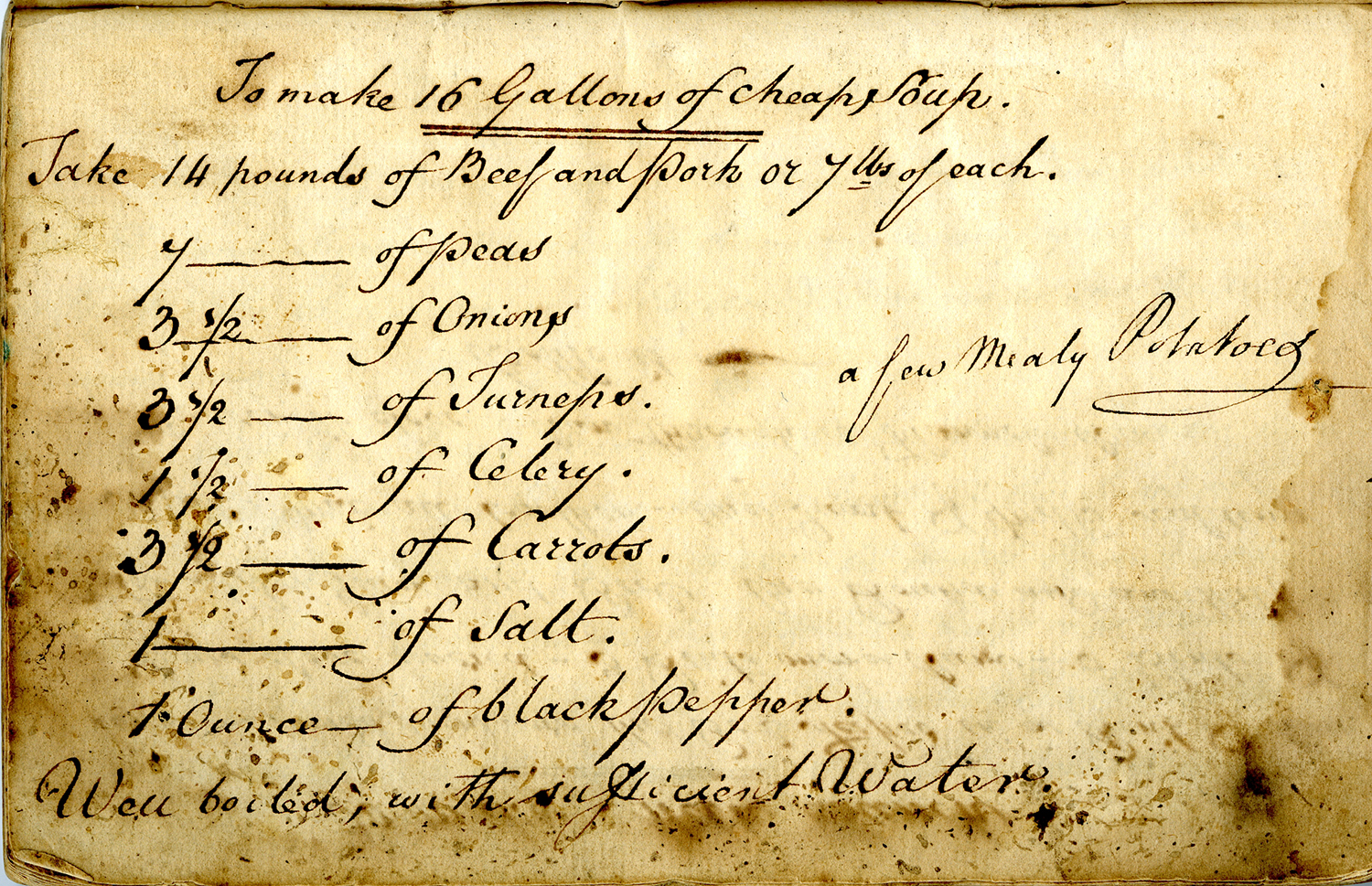“What’s for dinner?” is the eternal lament of housewives and working people. What do you make that pleases every palate, provides needed nutrition, and, ideally, gives you leftovers to get through one more meal? Cookbooks to the rescue.
Whether handwritten collections of family favorites or printed volumes, cookbooks are a time honored method for passing on recipes and answering the call for a meal plan. In addition to documenting individual recipes, cookbooks in the History Center’s Detre Library & Archives also highlight broad trends in food preparation and provide insights into changing roles in women’s lives.
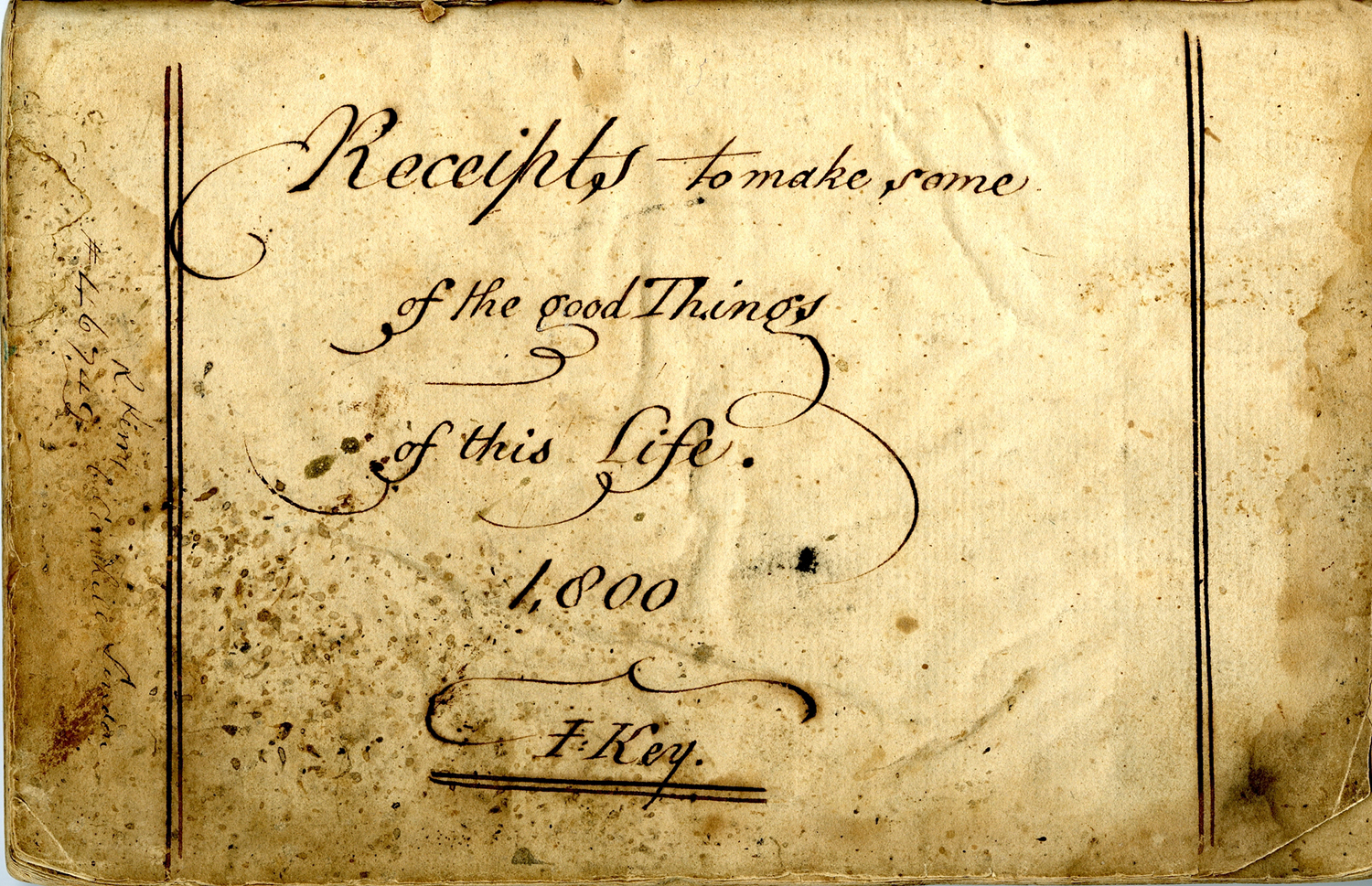
Two of our earliest cookbooks are collections of handwritten recipes from around 1800. These provide simple and often imprecise directions for basic foods, from soup to dessert, but also integrate helpful household hints throughout, such as how to cure a cough or make glue. They reflect a time when simply providing the basic necessities of life was an all-consuming task.
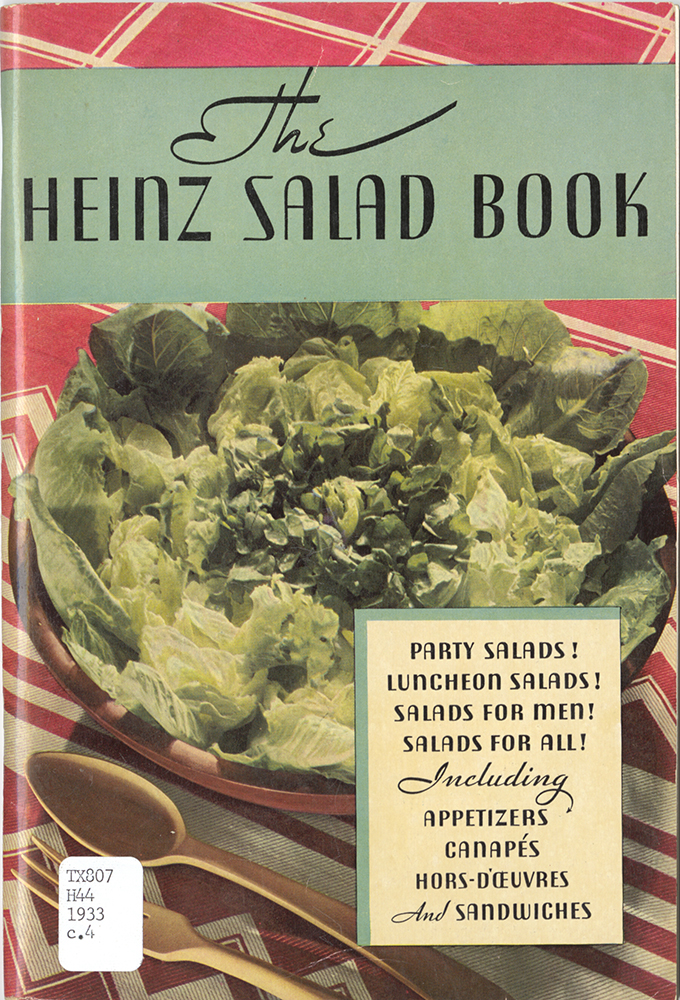
Cookbooks from the early-to-mid-20th century often appeal to “the busy wife and mother” trying to get a wholesome meal on the table while accomplishing all her other household tasks and social obligations. Many are essentially advertising pieces that encourage the sale of a certain ingredient, promote a line of prepared foods, or teach women how to use the latest household appliance.
Self-published cookbooks from the late 20th century were often fundraisers for the wide variety of organizations embraced by women. Even as more women moved into the workforce, they found leisure time to promote the arts, back sports teams, support ethnic organizations, and help raise funds for medical research or assistance. Since food is so elemental, cookbooks provided a natural medium for women to raise funds and promote a cause to the larger public.
Lauren Uhl is the museum project manager & curator of food & fitness at the Heinz History Center.
The History Center’s Food & Fitness program is sponsored in part by

